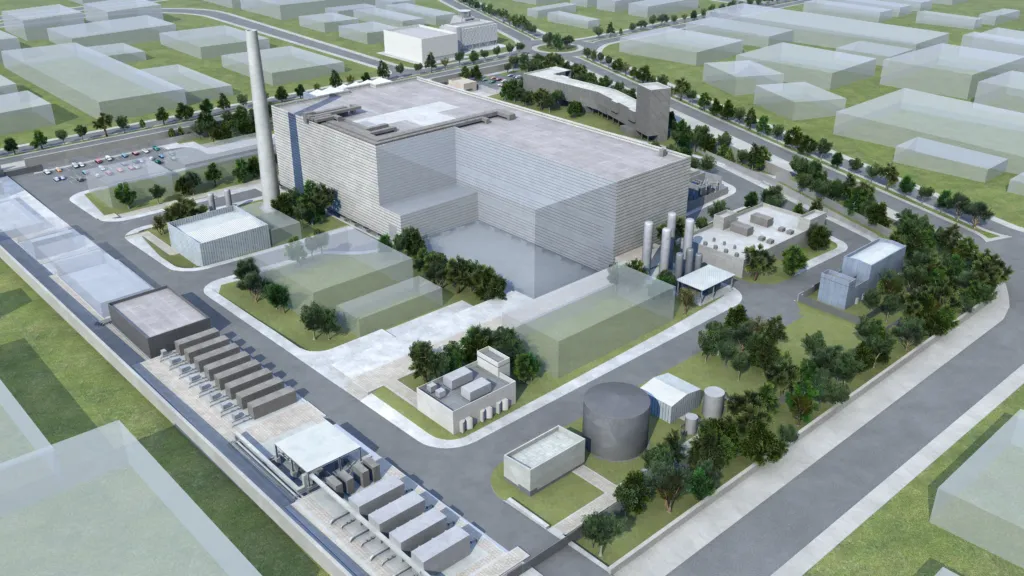In the heart of Granada, Spain, a pioneering effort is underway to redefine safety standards for nuclear fusion facilities. The International Fusion Materials Irradiation Facility-Demo Oriented Neutron Source (IFMIF-DONES) is set to become a one-of-a-kind installation, and with it comes a unique set of challenges. A recent article published in the journal *Nuclear Fusion* (formerly known as *Nuclear Fusion*) sheds light on the intricate safety engineering approach and licensing strategy being developed for this groundbreaking project.
At the helm of this research is C. Torregrosa-Martín, representing the Consorcio IFMIF-DONES España. The team is tackling the singularities of IFMIF-DONES head-on, ensuring that safety remains paramount throughout the facility’s lifecycle. “The singularity and one-of-a-kind characteristics of IFMIF-DONES require the development of an ad-hoc Safety Approach and Licensing Strategy,” Torregrosa-Martín explains. This strategy is designed to guarantee safety to personnel, the public, and the environment, all while maintaining an optimized balance with technological complexity and feasibility.
The safety approach is comprehensive, involving top-level safety regulations adapted to the unique aspects of IFMIF-DONES. This includes setting dose and risk limits for both the public and workers. Engineering inputs are crucial, encompassing material-at-risk assessments, hazard categorization, and seismic considerations. The team is also developing a methodology for hazard analysis, identifying reference accident scenarios, and defining lines-of-defense and safety-important class systems, structures, and components (SIC-SSCs).
One of the key aspects of this strategy is the implementation of confinement barriers, safety interlocks, area classifications, access controls, and radiation monitoring. These measures are essential for reducing occupational radiation exposure and fulfilling the targets of maximum individual and collective dose during operation. The team is also conducting experimental programs to support safety aspects, paving the way for the next stages of the IFMIF-DONES facility and program.
The implications of this research extend far beyond the borders of Spain. As the world looks towards nuclear fusion as a potential source of clean, sustainable energy, the safety standards and strategies developed for IFMIF-DONES could set a precedent for future facilities. The commercial impact of this research is significant, as it could influence the design and operation of next-generation nuclear fusion reactors, ensuring their safety and feasibility.
In the words of Torregrosa-Martín, “This work provides a comprehensive overview of the safety approach and strategy being developed for IFMIF-DONES, involving a multitude of factors and considerations.” As the project progresses, the insights gained from this research will be invaluable in shaping the future of nuclear fusion and its role in the global energy sector. The journey towards a safer, more sustainable energy future is underway, and IFMIF-DONES is at the forefront of this exciting endeavor.

